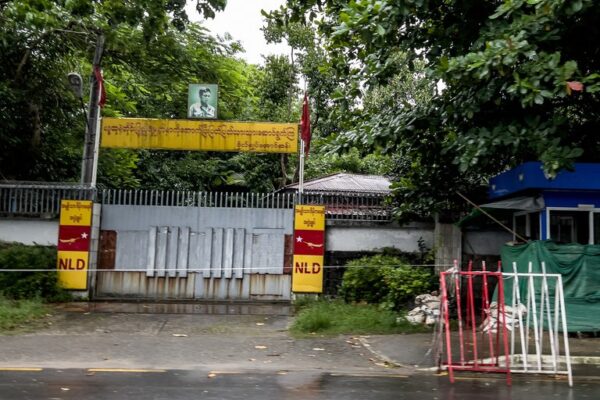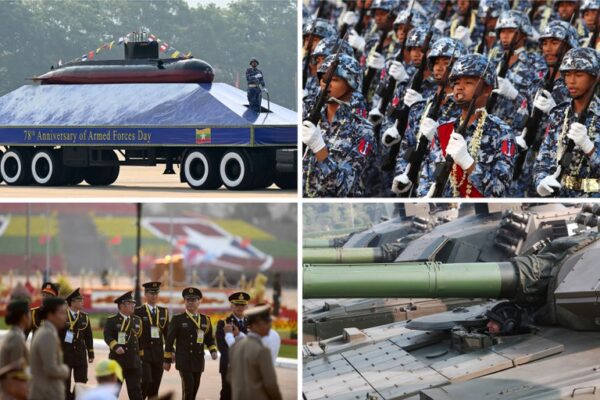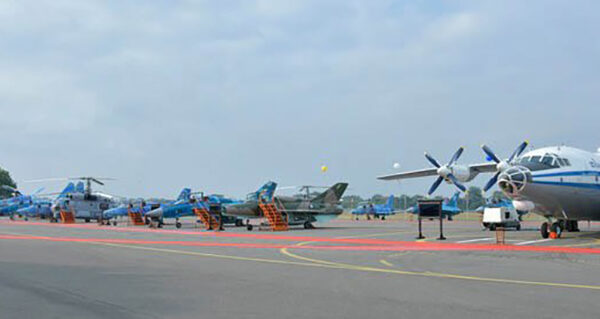
Aung San Suu Kyi’s National League for Democracy party dissolved by Myanmar’s junta
Myanmar’s military junta on Tuesday announced the dissolution of the National League for Democracy – the party led by Aung San Suu Kyi that won the 2020 elections in a landslide – ahead of elections the regime plans to hold later this year. The NLD did not re-register with the military junta’s Election Commission, which said a total of 40 political parties were dissolved because they did not re-register as political parties within 60 days, according to the new laws and regulations enacted by the military council. Opponents and analysts say new stricter eligibility requirements, approved in January by the military that took control of the government in a February 2021 coup, favor military-aligned parties and seek to legitimize the junta through a sham election. Some opponents of the military have urged a boycott of the election, the date of which has yet to be announced. Opponents warn that smaller parties that take part will likely lose and only lend credibility to the junta. There are 63 political parties that have registered with the commission as of Tuesday. Only the Union Solidarity and Development Party, which ran the country as a quasi-civilian government under then-President Thein Sein after an opposition boycott of the 2010 election held by the previous junta, is seen as a legitimate contender in 2023. The party, which serves as the junta’s electoral proxy, challenged the NLD’s election win in 2010 based on allegations of fraud and assumed Myanmar’s presidency following the 2021 coup. But other groups, including the Shan and Ethnic Nationalities Party, believe that an election is the only way to reestablish civilian rule in Myanmar. A cordoned-off gate with the insignia for the National League for Democracy (NLD) party is seen near the home of deposed NLD leader Aung San Suu Kyi in Yangon, Myanmar, June 23, 2022. Credit: AFP ‘Never turning back to democracy’ “The military junta has learned clearly by taking the 2010 general election into account that they would lose the election if the opposition party NLD competes,” political and legal analyst Kyee Myint said. That’s why the junta has detained Suu Kyi, just as they have in the past, he said. “The military has proven again this time that they are never turning back to democracy,” Kyee Myint said. “In fact, we already know it as a fact. We just continue to see more and more proof that backs this fact.” The election commission is organized under an illegal military junta that has operated as a terrorist organization, said Nay Phone Latt, a spokesman for the shadow National Unity Government. “There is no reason that these political parties should be dissolved just by an announcement of this so-called election commission,” he said. RFA sought comment from the U.S. State Department on the election commission’s action but didn’t immediately receive a response on Tuesday. The announcement that the 40 parties have been dissolved carries no legitimacy because the junta itself doesn’t represent the people and “is by no means legal,” said Kyaw Htway, a Central Working Committee member for the NLD. Over and over, the junta has searched party offices, sealed off homes and seized the property of party members, Kyaw Htway said. “Our party has a lot of experience resisting the repression of a series of military dictators over the 30 years since it was established,” he said. “In this modern technological age, we can still do even more for the people despite the junta’s announcement.” “That’s why I want to say that our party that emerged from the people, with the trust and support of them, will continue to exist so long as the people exist.” Translated by Myo Min Aung. Edited by Matt Reed and Malcolm Foster.










